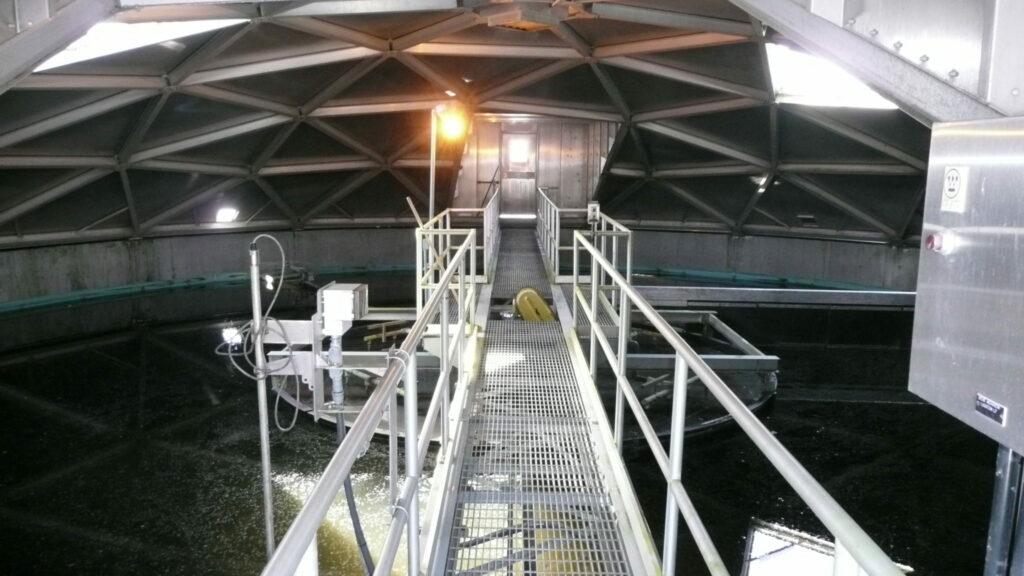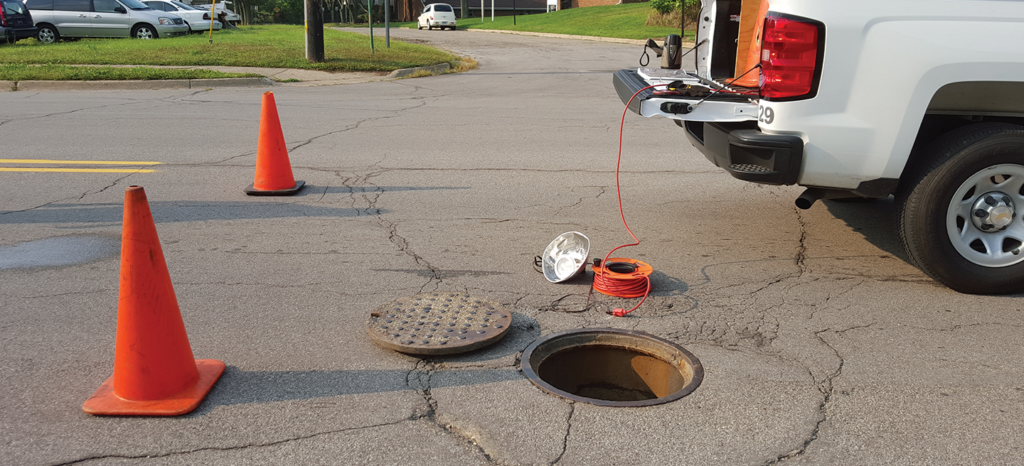What are Asset Management Services?
F&V helps communities identify/inventory their assets, evaluate the condition and remaining useful life of the assets and develop proactive methods to maintain, optimize useful life, and replace assets in a prioritized manner.
It is important to the functionality and fiscal wellbeing of a community to manage assets and have an Asset Management Plan (AMP). It enables communities to operate, upgrade, and dispose assets in the most cost-effective manner.
It is F&V’s goal to help clients perform the right work at the right time and for all the right reasons. We assist communities is finding solutions that focus on the highest priority needs.

Maximize the Lifespan of Your Assets
We offer a variety of services that can help you plan for the orderly replacement and rehabilitation of aging infrastructure. Call us today.
Types of Asset Management Services
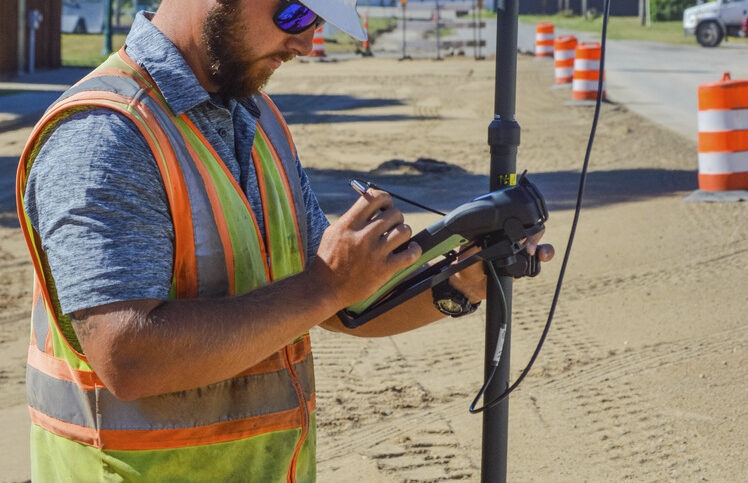
Inventory and database development
Using Geographic Information Systems (GIS), we are able to assess clients’ inventory of assets and create a database to quickly and easily display information about the assets. Information can include its age, condition, location, and more. This information allows clients to understand what assets they maintain, where all their assets are located, and when maintenance is needed for the assets. It allows for better infrastructure planning for capital improvement plans.
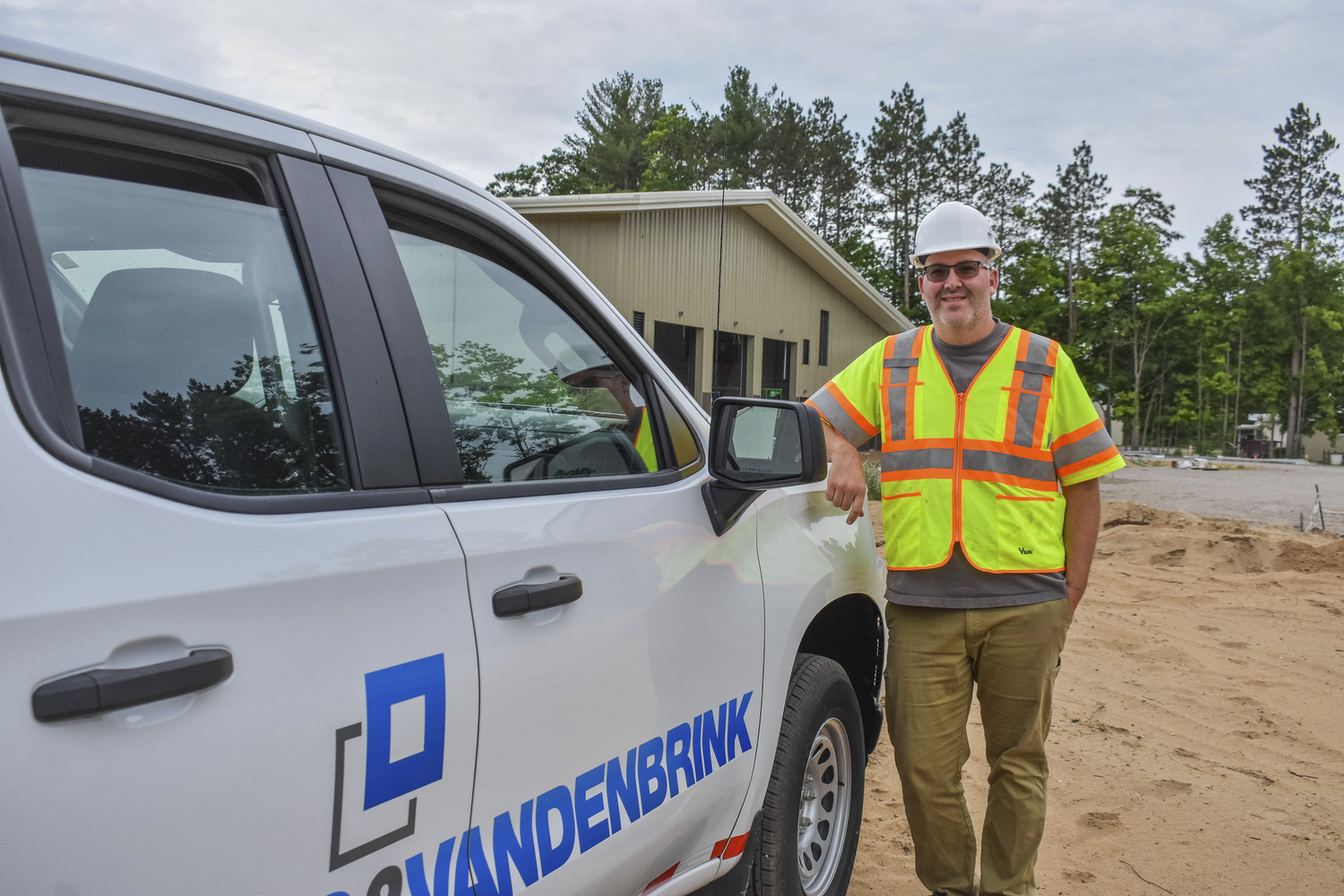
Level of service development
Level of Service (LOS) defines the way in which the utility stakeholders want the utility to perform over the long term. The LOS can include any technical, managerial, or financial components the utility wishes, as long as all regulatory requirements are met. The LOS is a significant part of the development of the Asset Management Plan (AMP) and will become a fundamental part of how the utility is operated.

Condition assessment
We can provide condition assessments, which help identify the likelihood that an asset will continue to perform its required function. Condition assessments are essential parts of any infrastructure asset management plan.
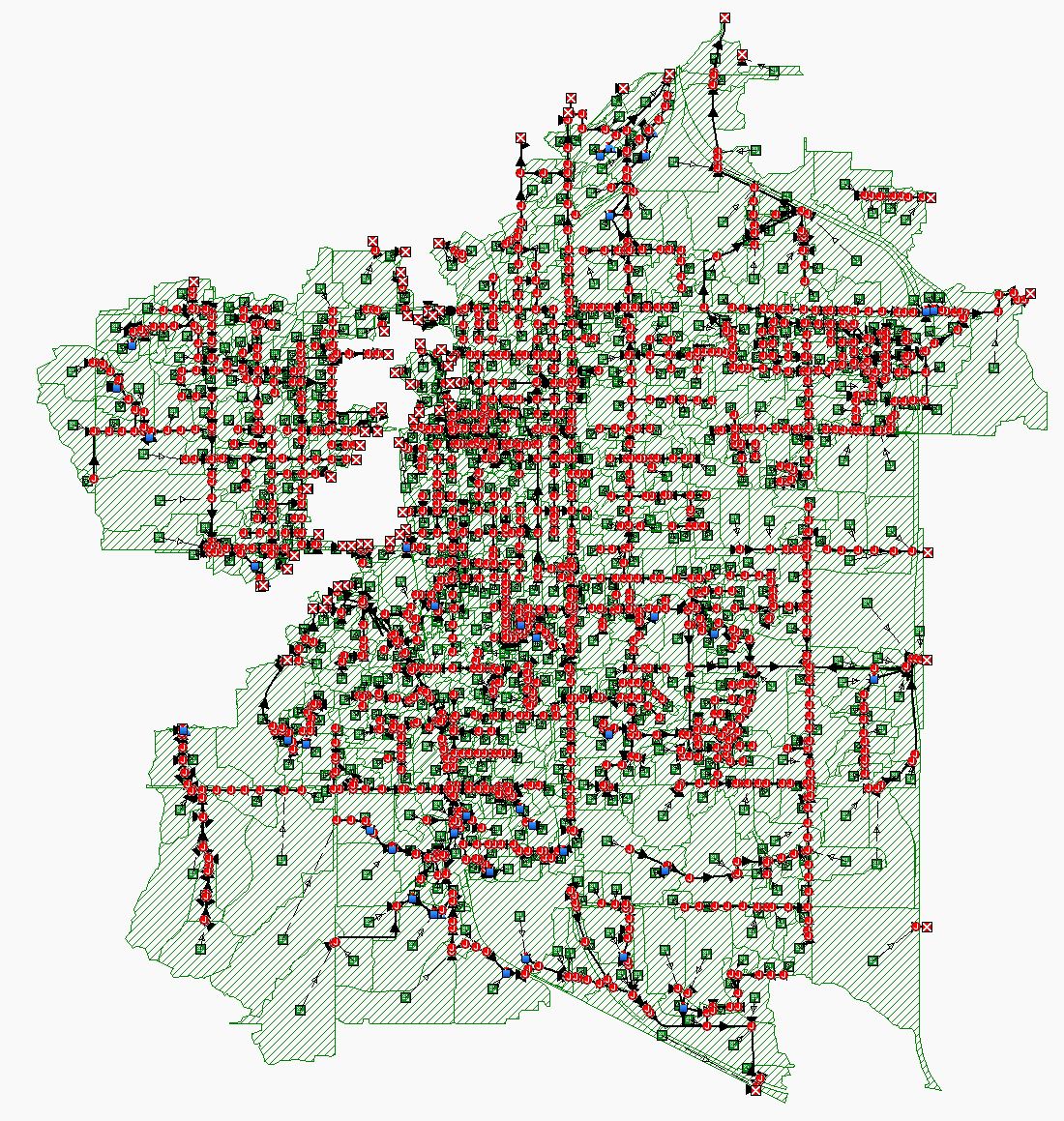
Hydraulic modeling
F&V has completed over hundreds of hydraulic modeling studies for communities and has a highly trained staff experienced in working on water systems of varying size and complexity. Our reports are written to the standard that they are often used by communities as the basis for future funding applications for capital projects. We have a very successful track record of assisting our clients in obtaining grant funding to complete needed repairs.

Performance evaluation
Performance evaluations are specific metrics designed to assess whether LOS objectives are being met. If implemented, an evaluation of goals should be completed at least annually to determine if the provided resources are being used appropriately. LOS requirements can be updated to account for changes due to growth, regulatory requirements, and technology.

Capital improvement planning
F&V has assisted numerous communities in completing facility and infrastructure planning studies since 1993. Through these studies, our staff works with community leaders to evaluate the useful life of their existing facilities and develops Capital Improvement Plans (CIPs) focused on identifying areas of need for replacing aging infrastructure.
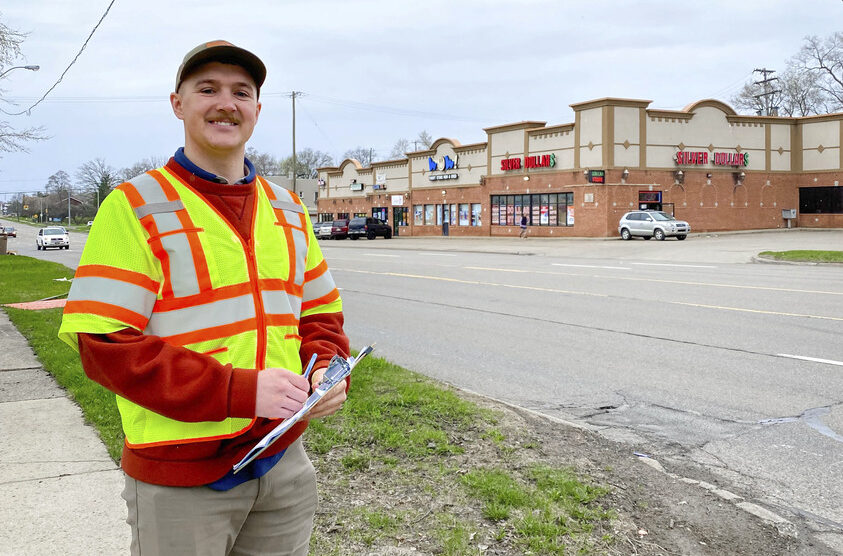
Risk analysis
Risk analysis is the determination of criticality of each asset in the stormwater system. Criticality is based on two factors: Likelihood (Probability) of Failure and Consequence of Failure. Likelihood of Failure (LoF) is a measure of how likely an asset is to fail. Consequence of Failure (CoF) is a measure of the social, economic, or environmental impact of failure of an asset and the utility’s ability to convey stormwater.
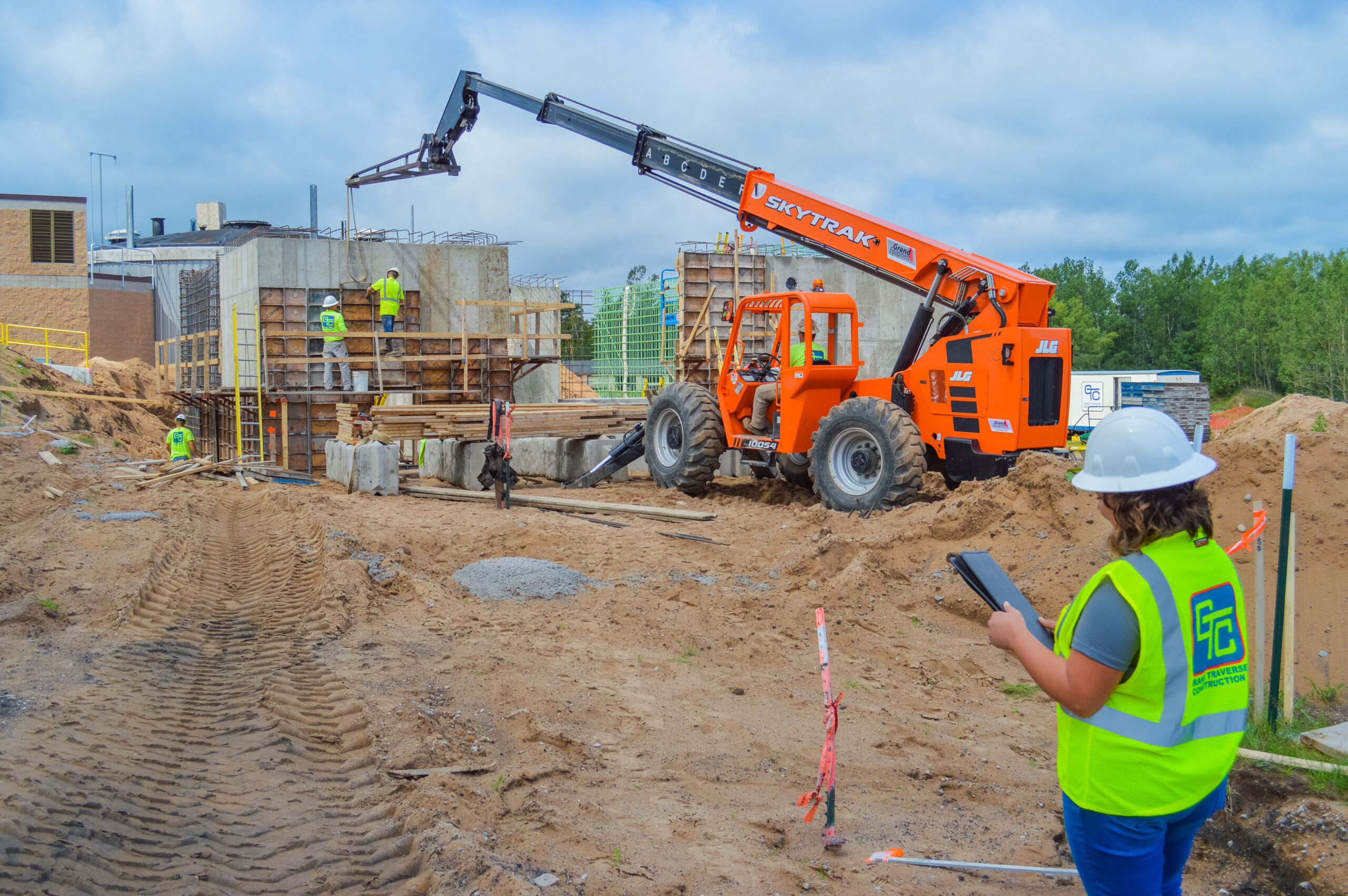
Continual improvement/modification
We create AMPs with the intent to be a living document that is updated as assets continue to wear and age, and as additional inspection/condition results are found and incorporated into the plan for continual improvement/modification.
Industries
Who Needs Asset Management Services?
Communities and municipalities own and maintain a variety of assets that are essential to providing necessary services and protecting public health and safety, and the environment.
Water, wastewater, and stormwater assets are essential for public and environmental health. Often these assets are among the most expensive to construct and replace. Optimizing their lifespan is needed to ensure reliable service and the best use of public funding.
FAQs
The biggest challenge in keeping a project on schedule is getting multiple funding agencies to cooperate. Many agencies have their own unique rules and guidelines and the rules sometimes conflict with each other. Our team has experience on several projects that involve multiple federal and state grant funding sources on the same project. Our experience will help to keep the project on track for an on-time completion.

